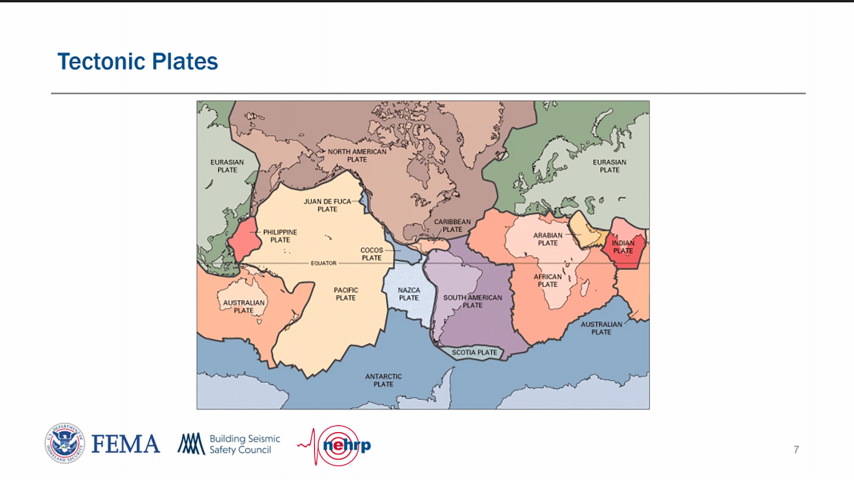
Designing a structure to resist earthquakes requires several considerations. The loading is more severe, the permissible response will usually include damage to the structure, as well as the systems and components supported by the structure, and the levels of uncertainty in loading and response are greater than for ordinary loads.
On February 10, 2022, the National Institute of Building Sciences hosted a webinar entitled, “Fundamentals of Earthquake Engineering.” It was the second of a series of BSSC webinars around the 2020 National Earthquake Hazards Reduction Program (NEHRP) Recommended Seismic Provisions: Design Examples, Training Materials, and Design Flow Charts (FEMA P-2192), which have been developed by the NIBS Building Seismic Safety Council (BSSC) for the Federal Emergency Management Agency (FEMA). The webinar received nearly 500 registrants.
Speaker James Harris, founder and principal engineer with Denver-based structural engineering firm J. R. Harris & Company, gave an overview of earthquake ground shaking, types of faults, structural dynamic response to ground shaking, response spectra, elastic and inelastic behavior, and structural design.
These fundamental concepts underlie the NEHRP Recommended Provisions and the seismic codes. A good understanding of the concepts is an important first step in the successful implementation of a design complying with the Provisions. View the recorded webinar on the NIBS Facebook page
The next webinar in the BSSC NEHRP series – Diaphragm Seismic Design Part 1 – takes place on March 3, 2022. The webinar also will be broadcast live on Facebook.




